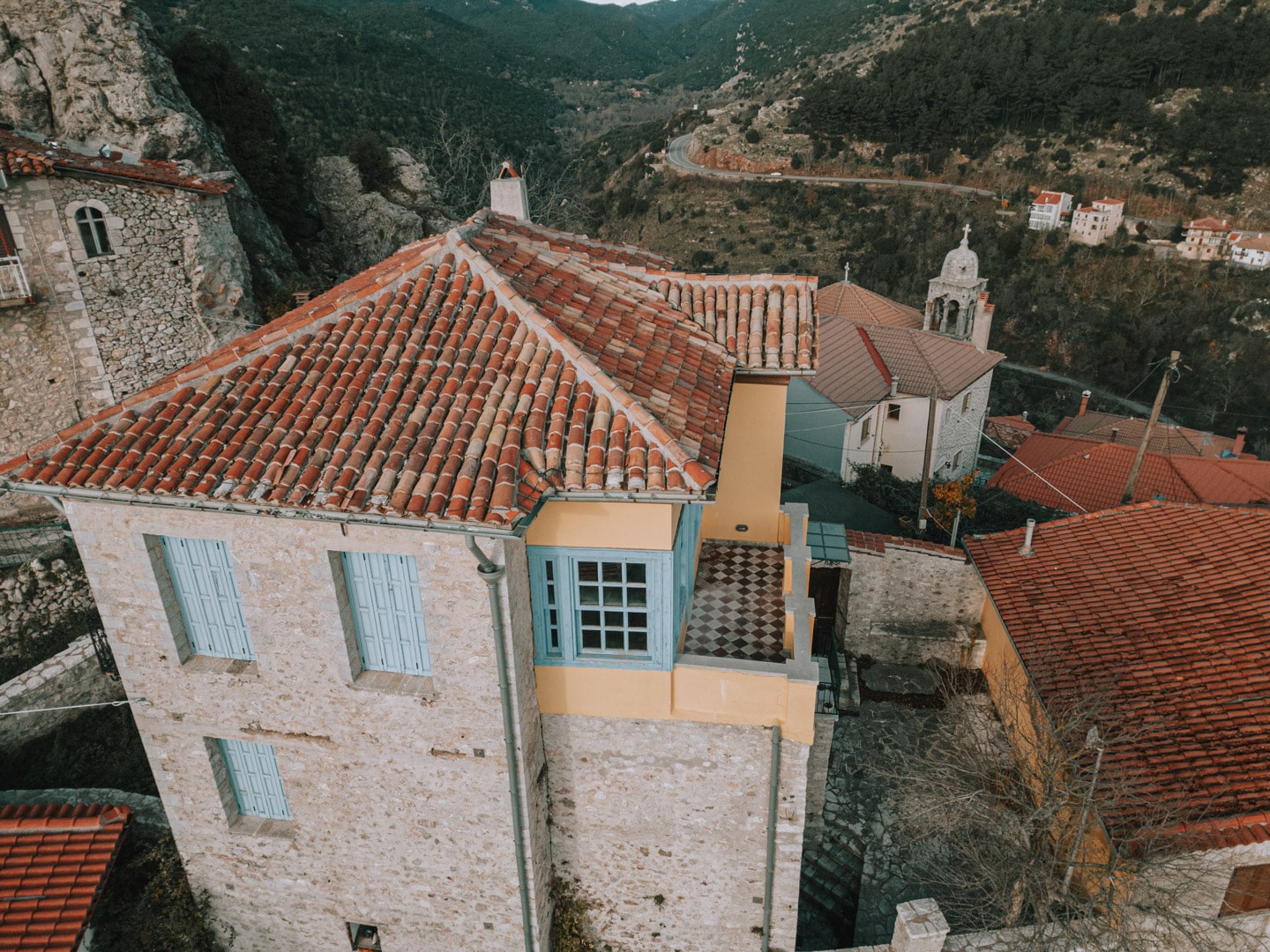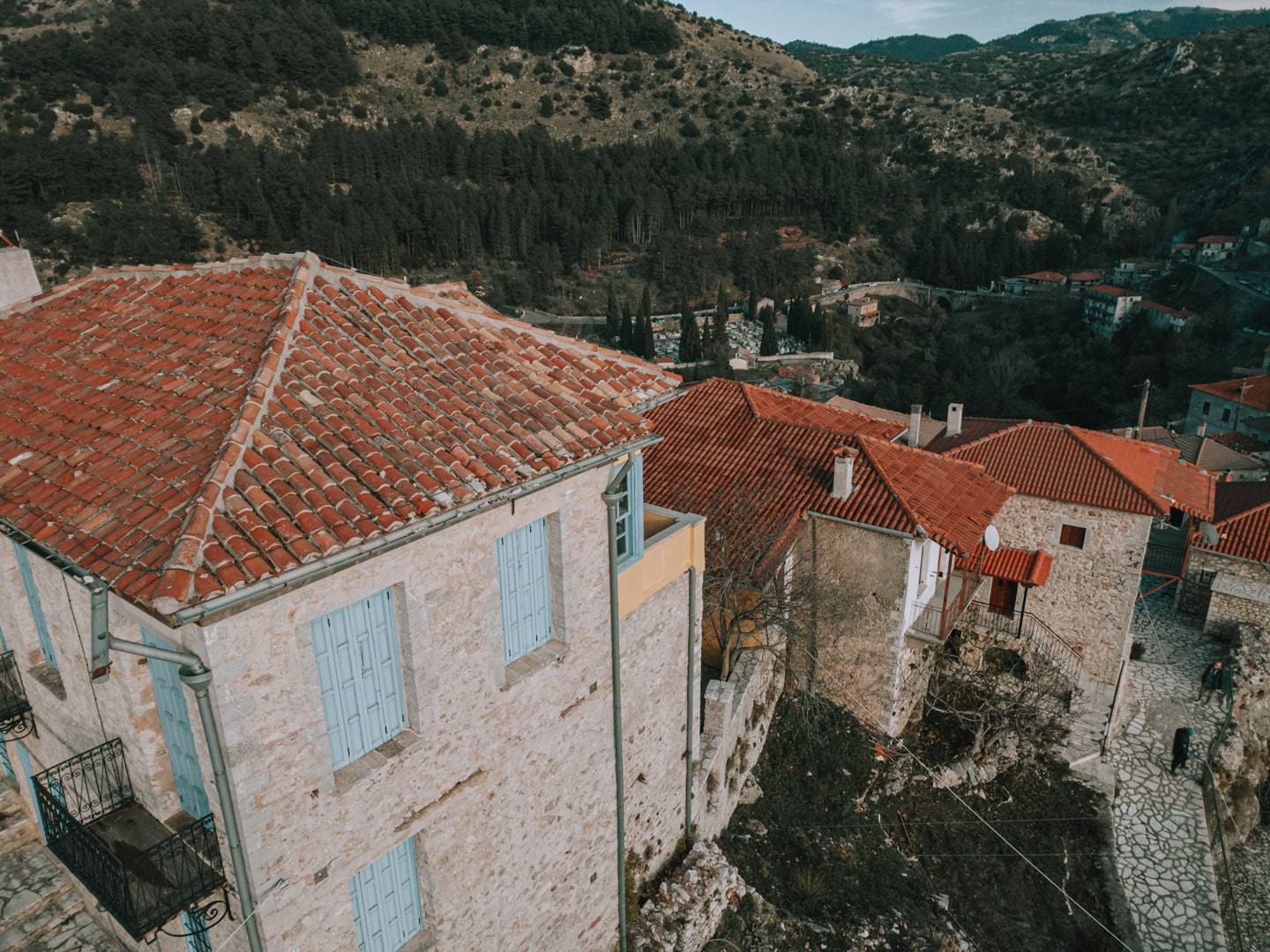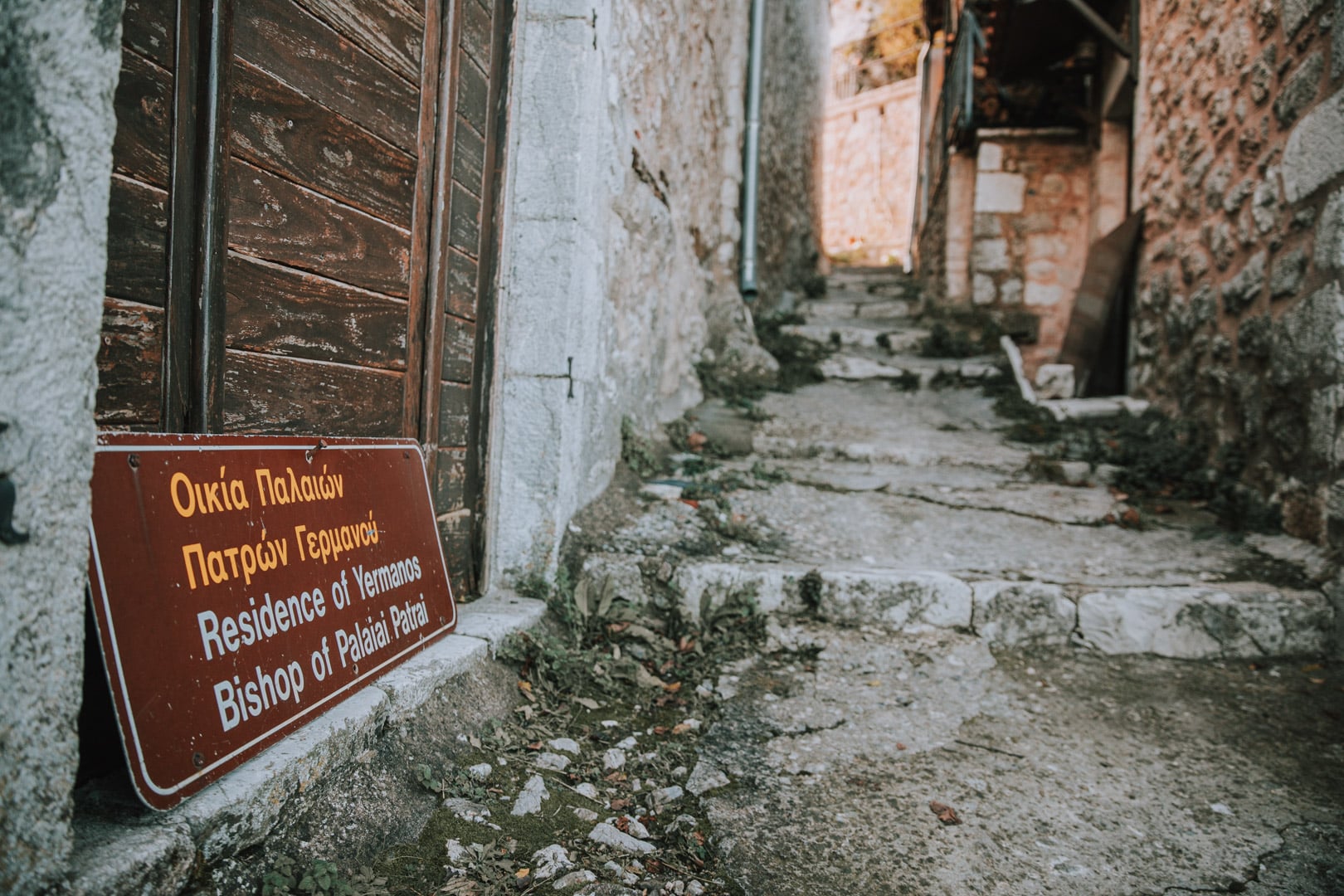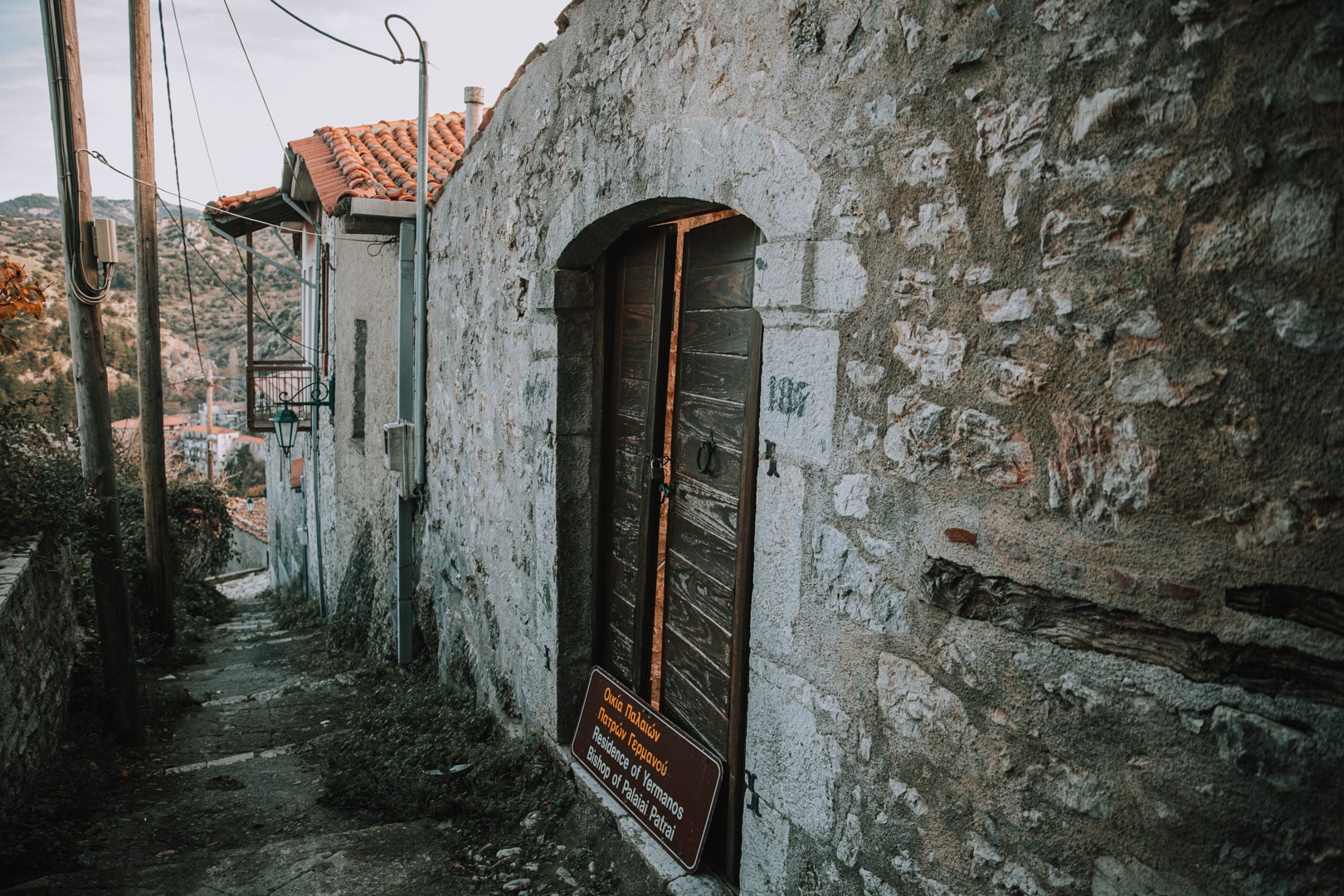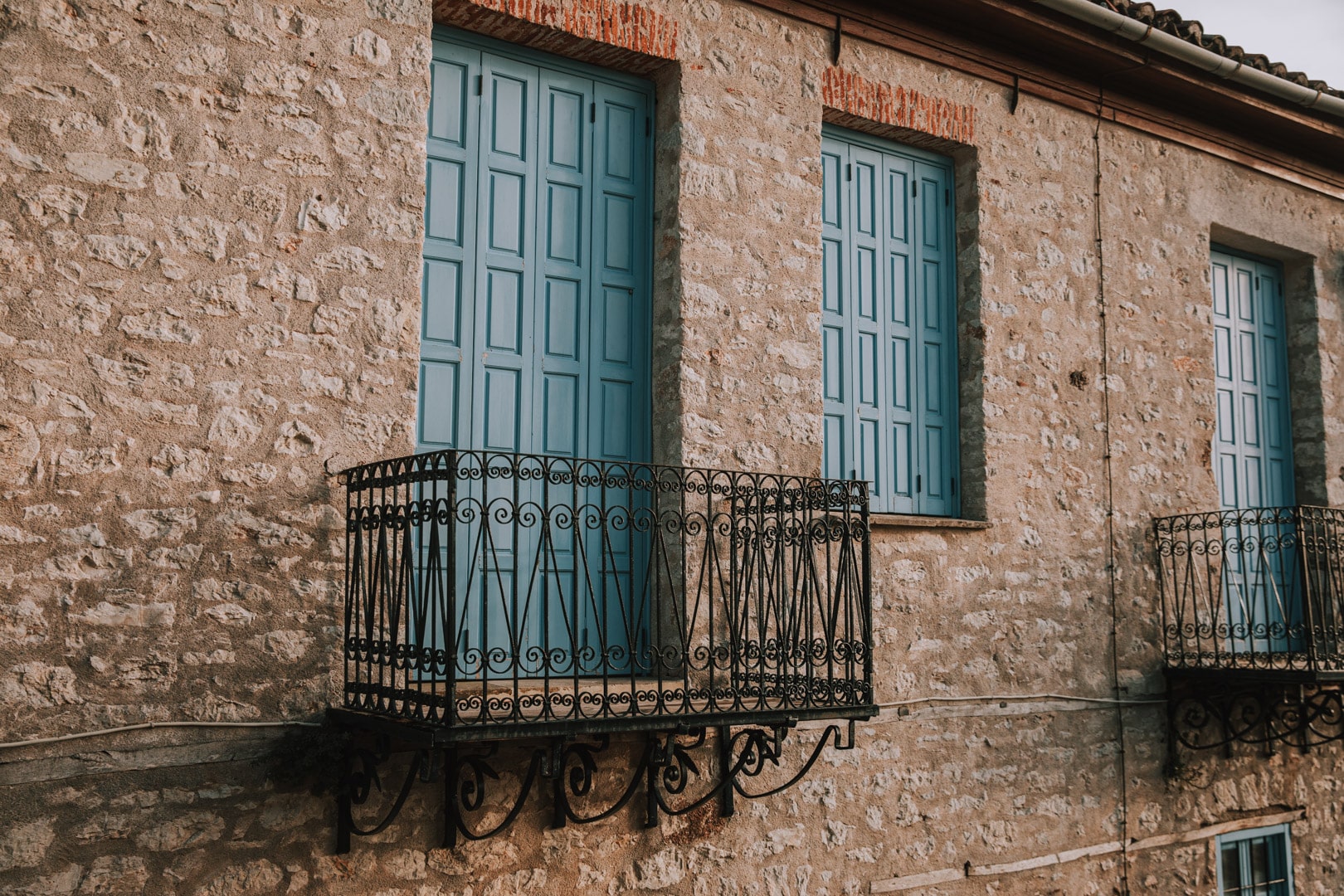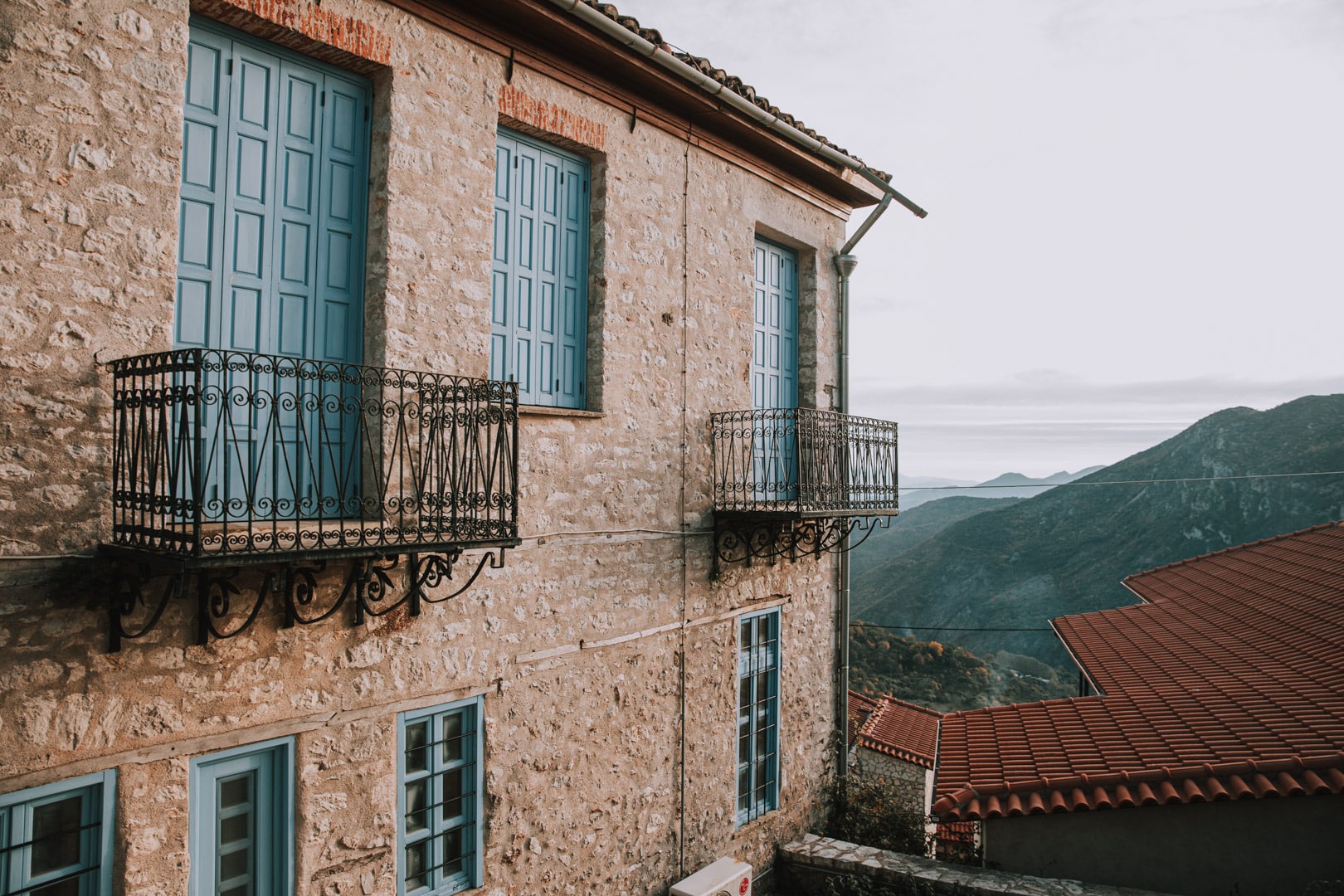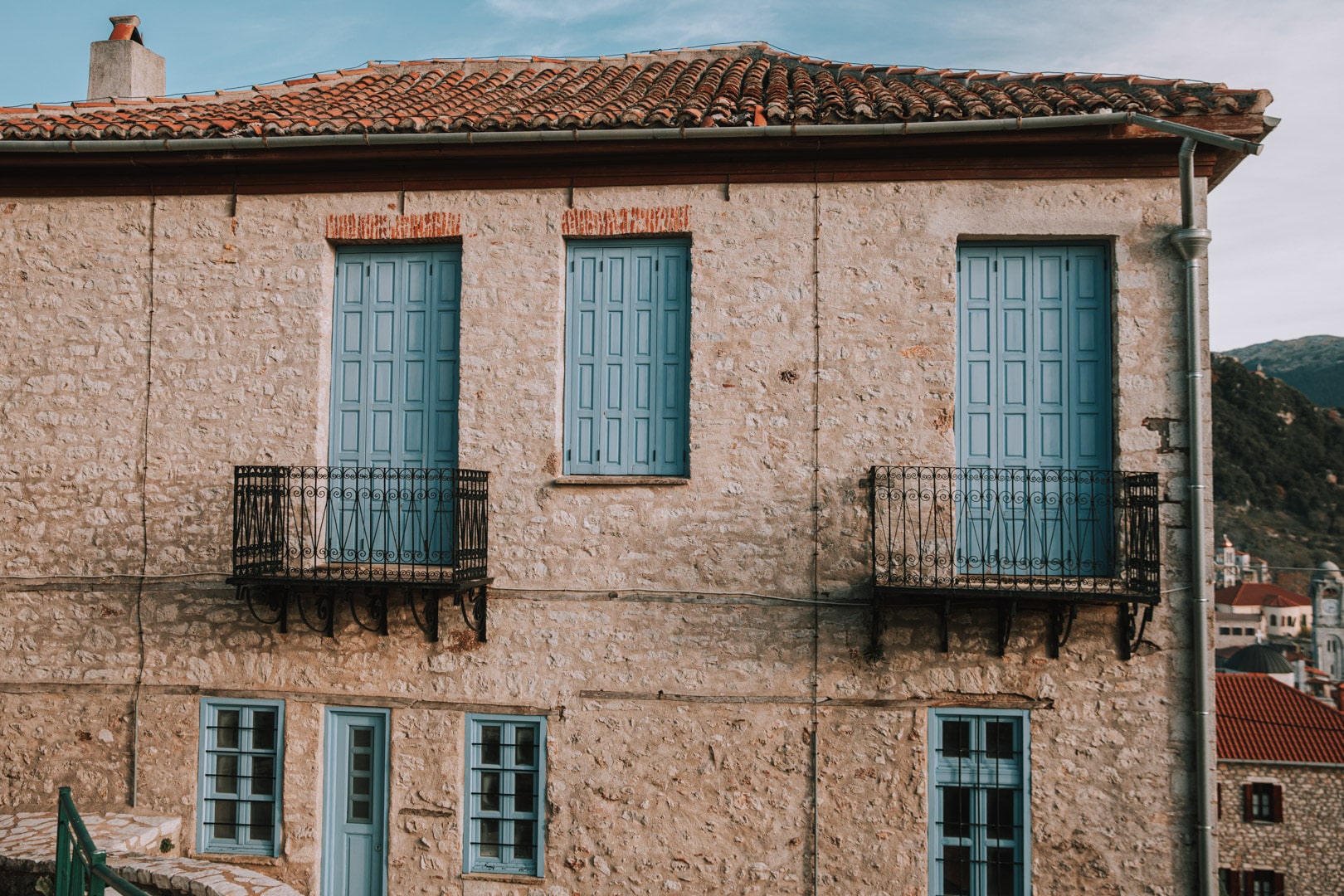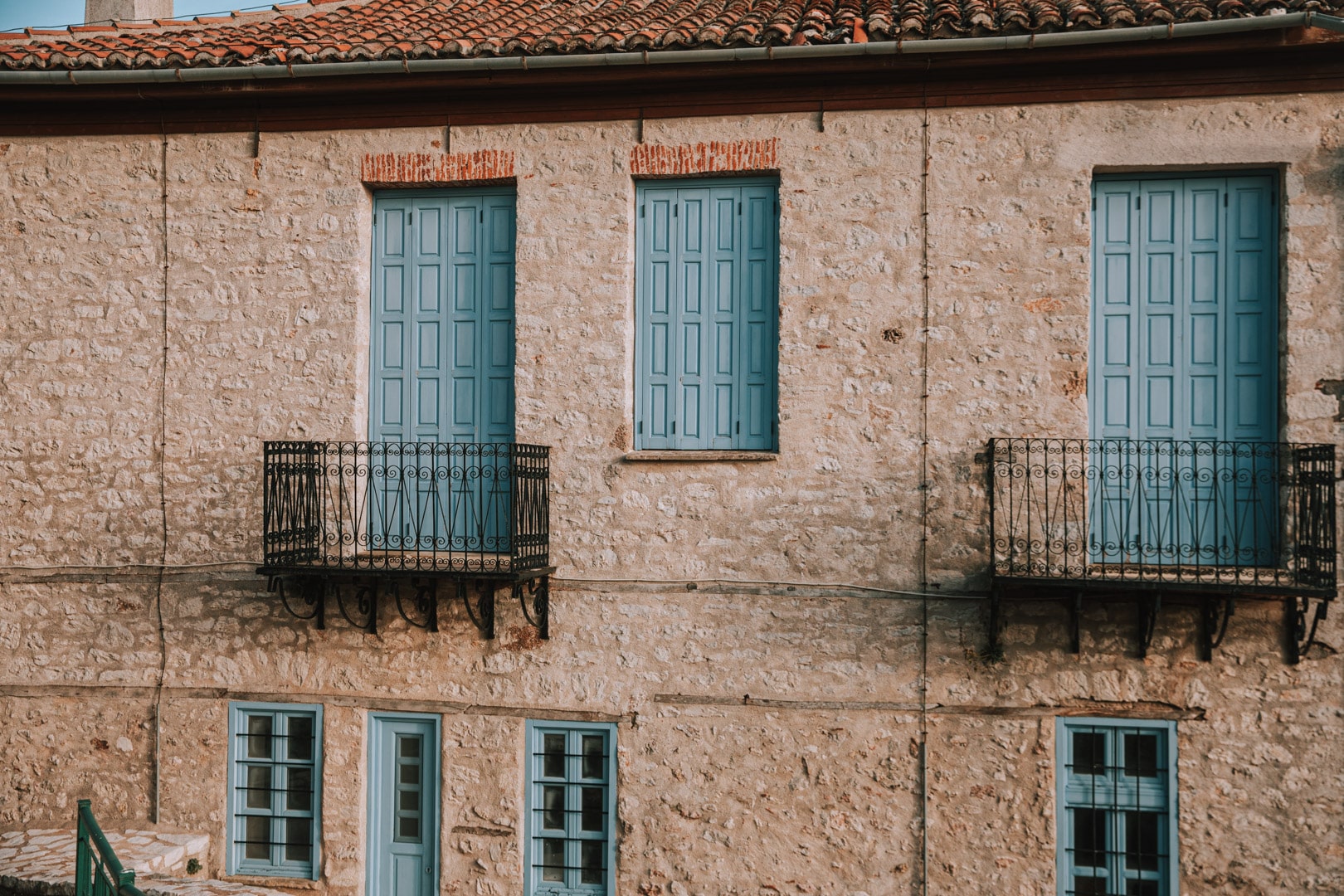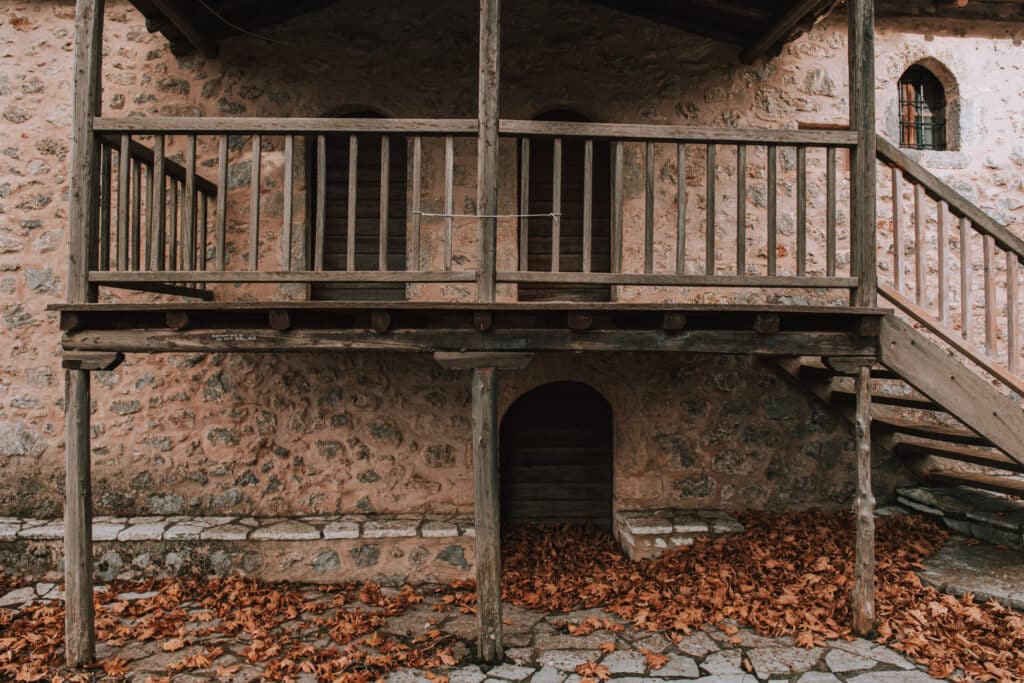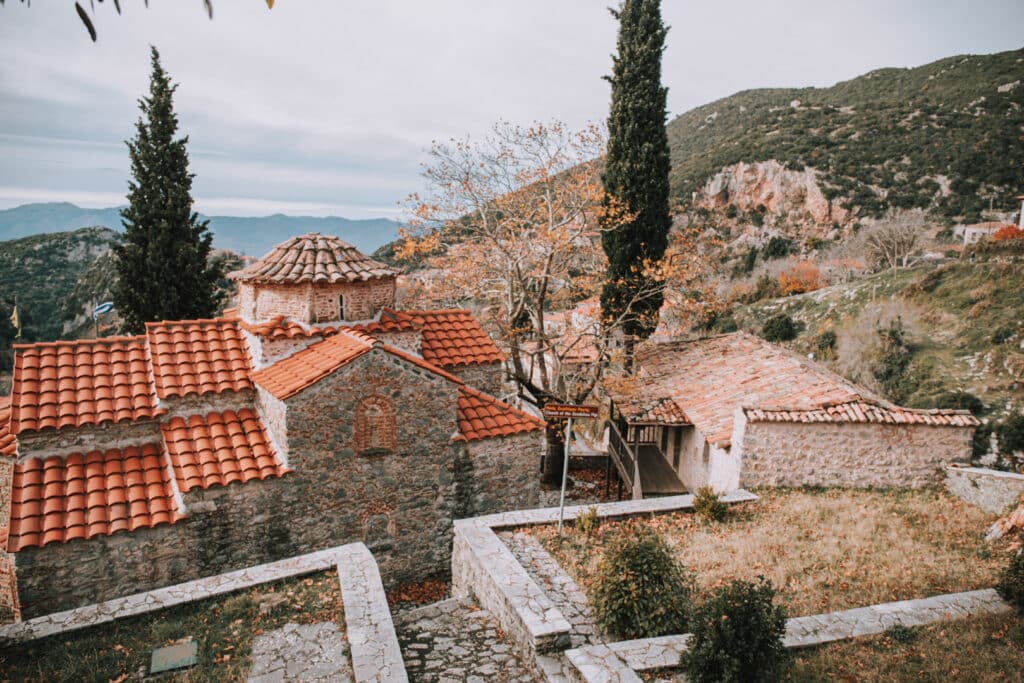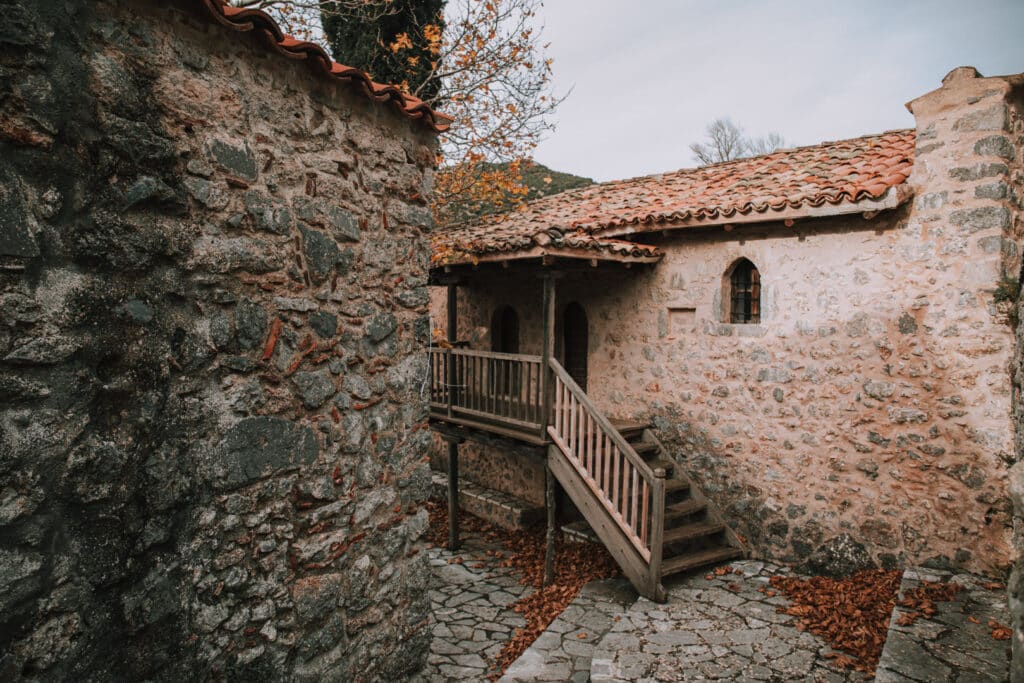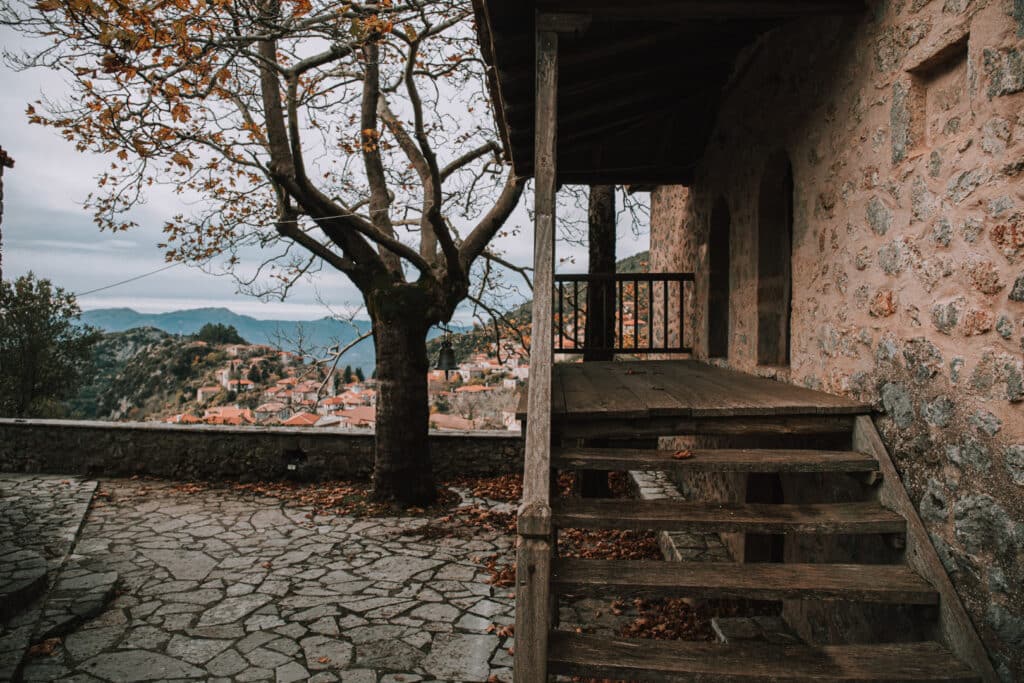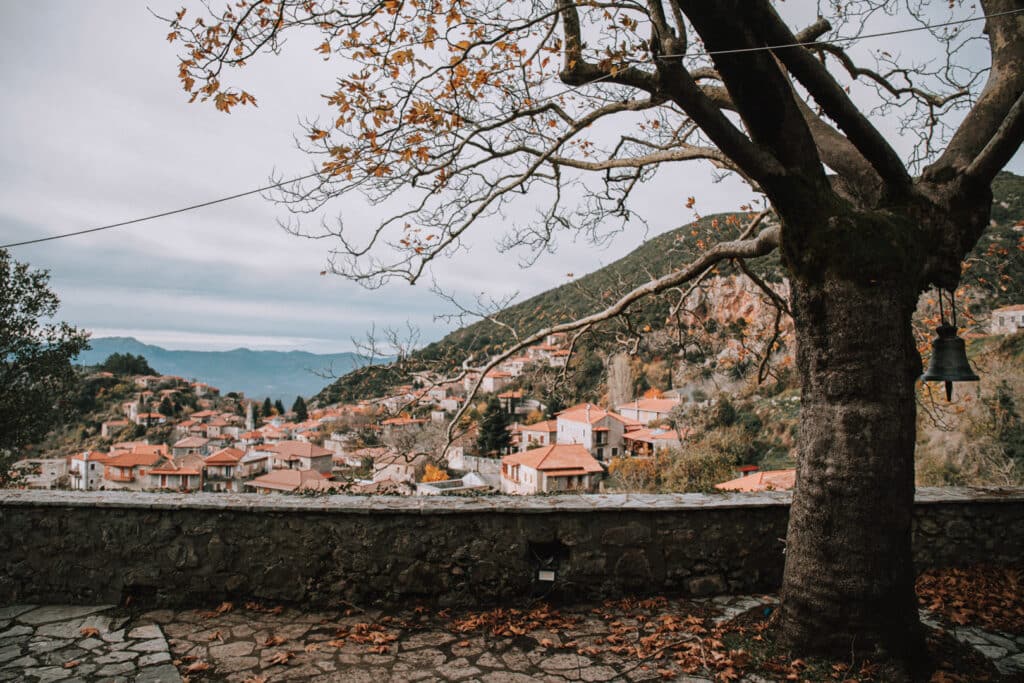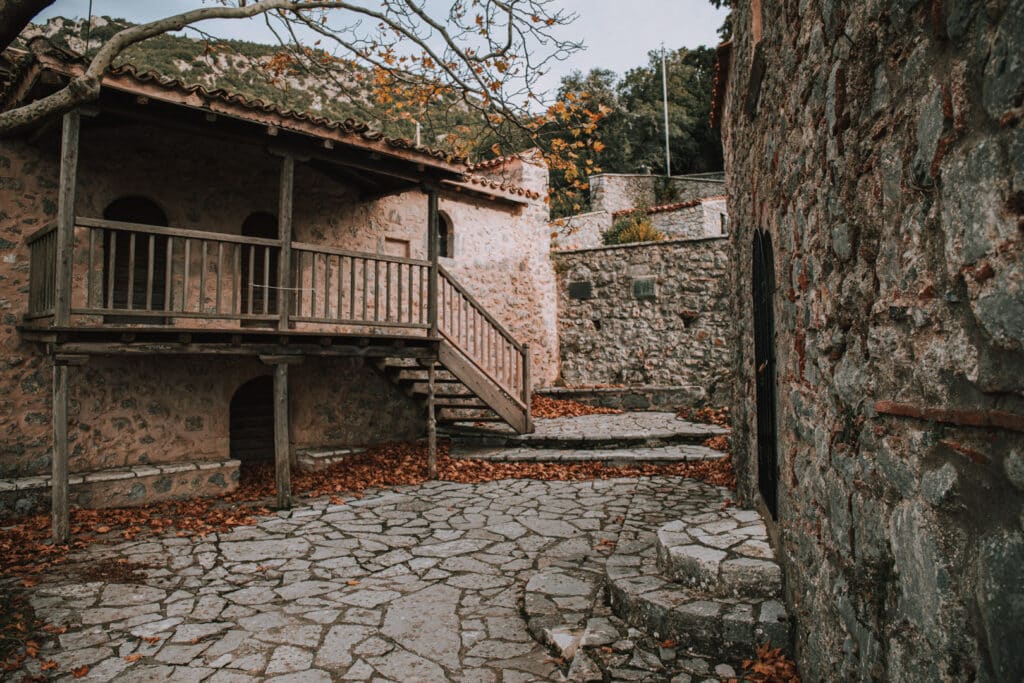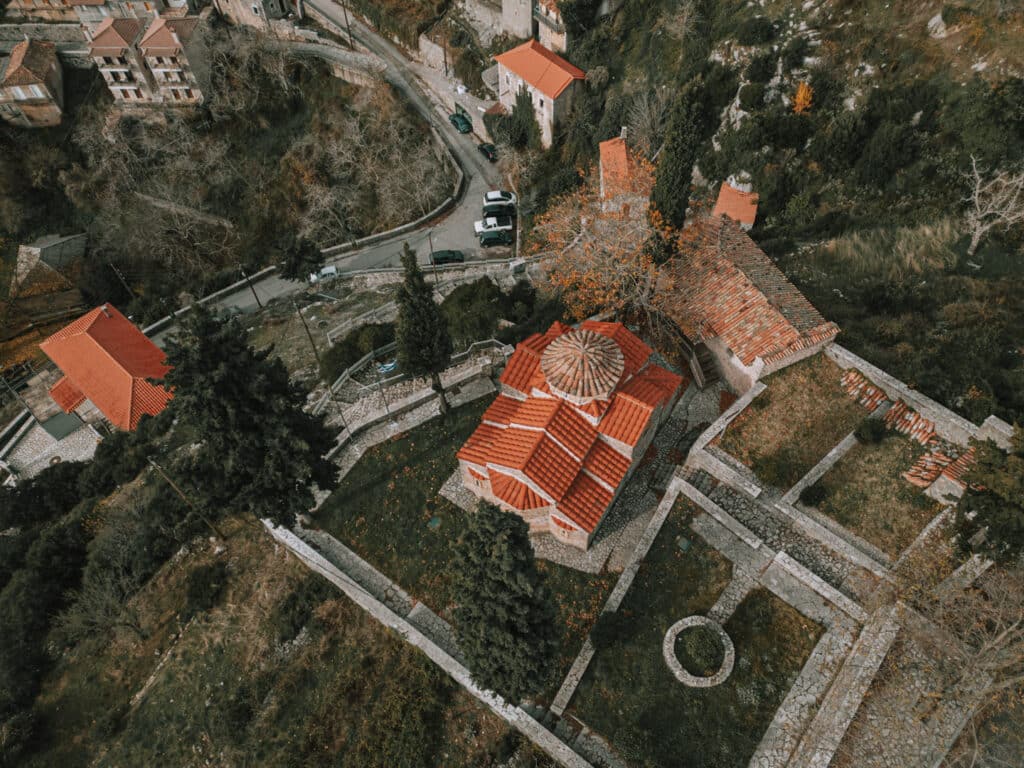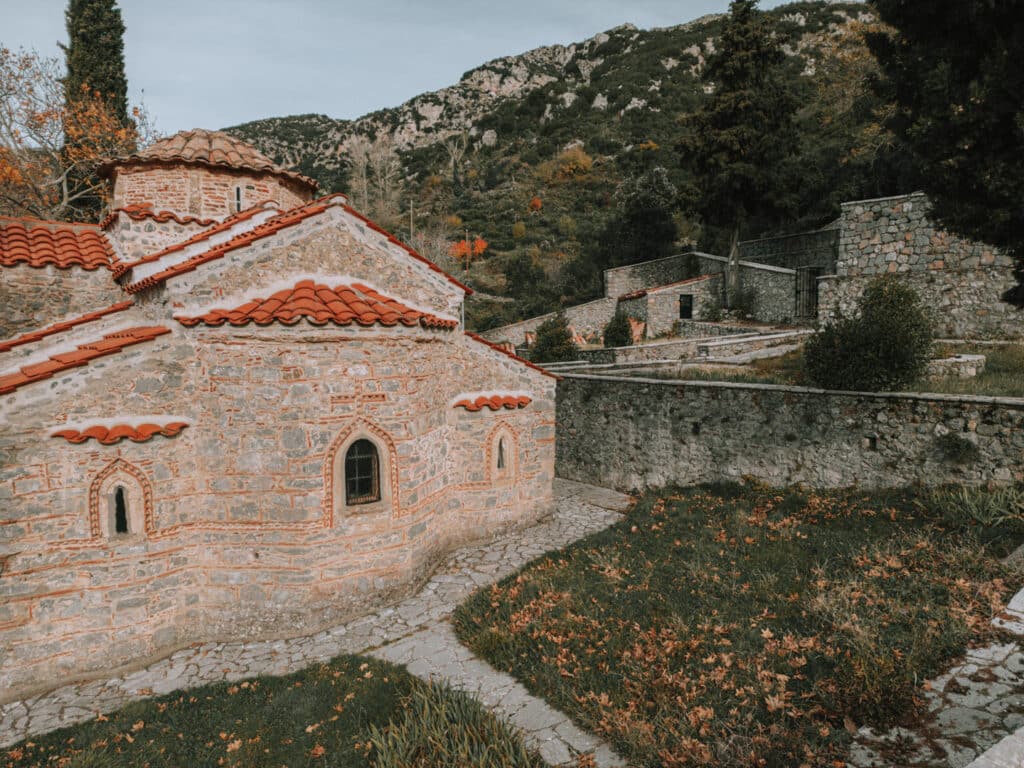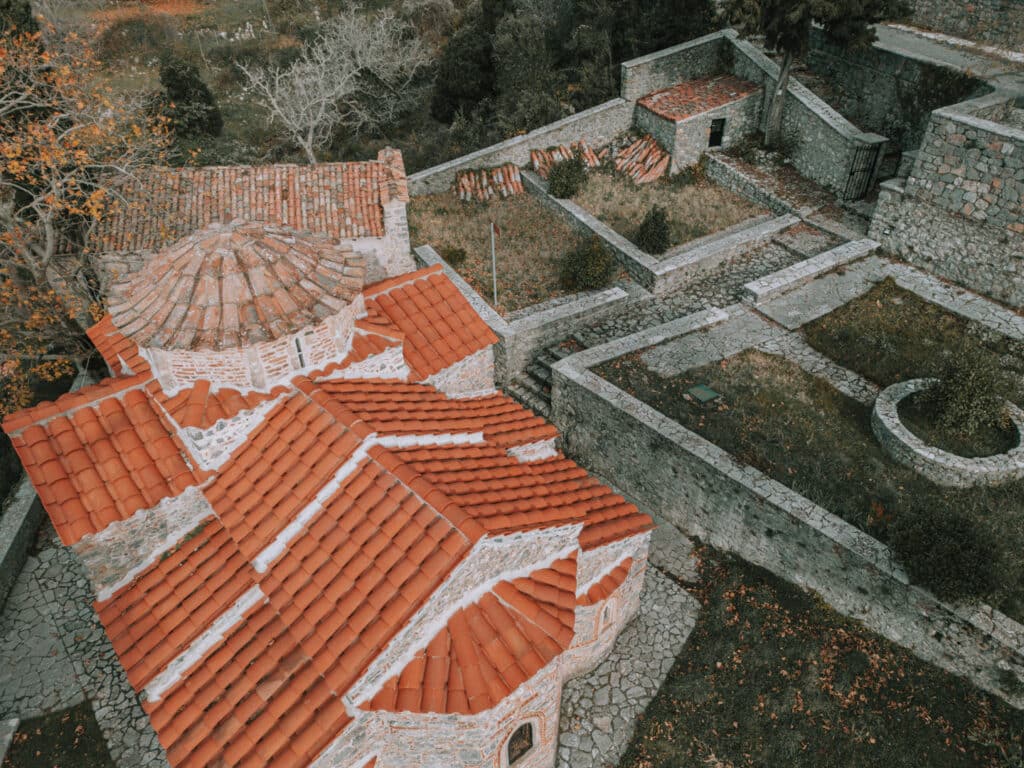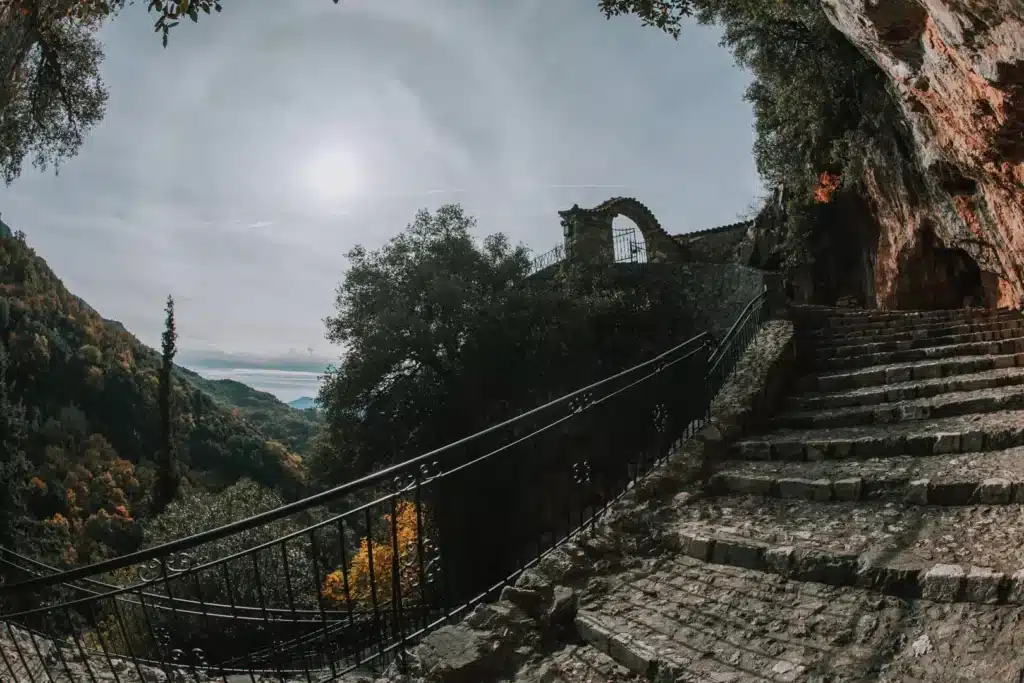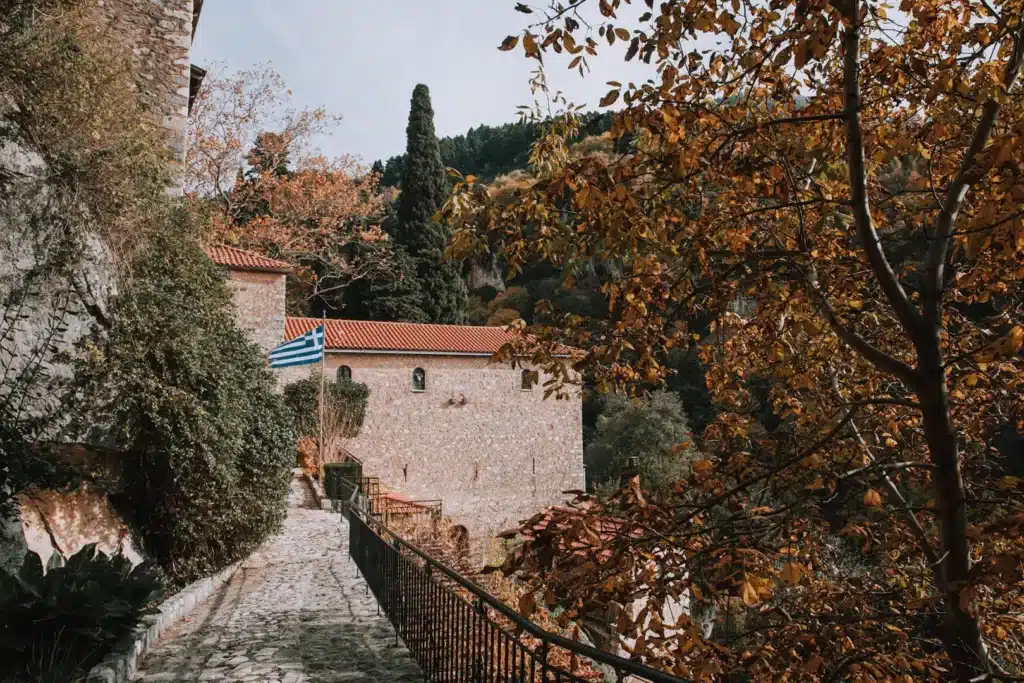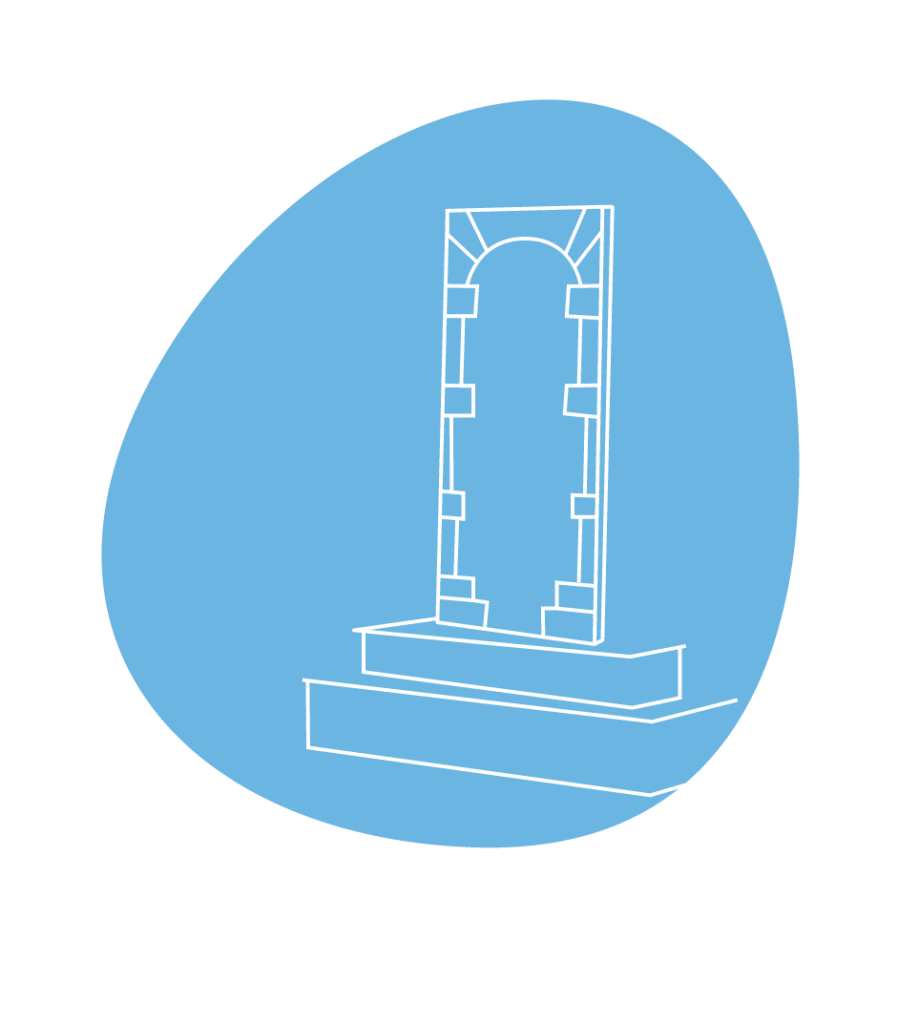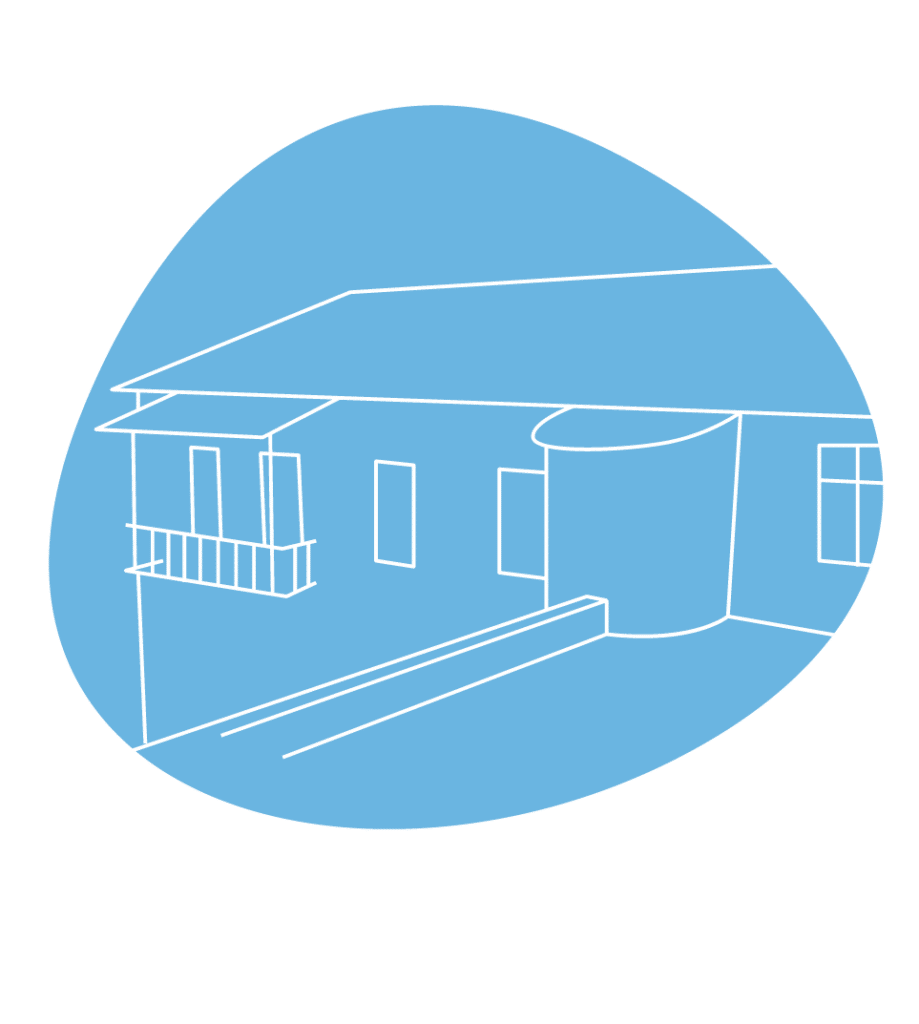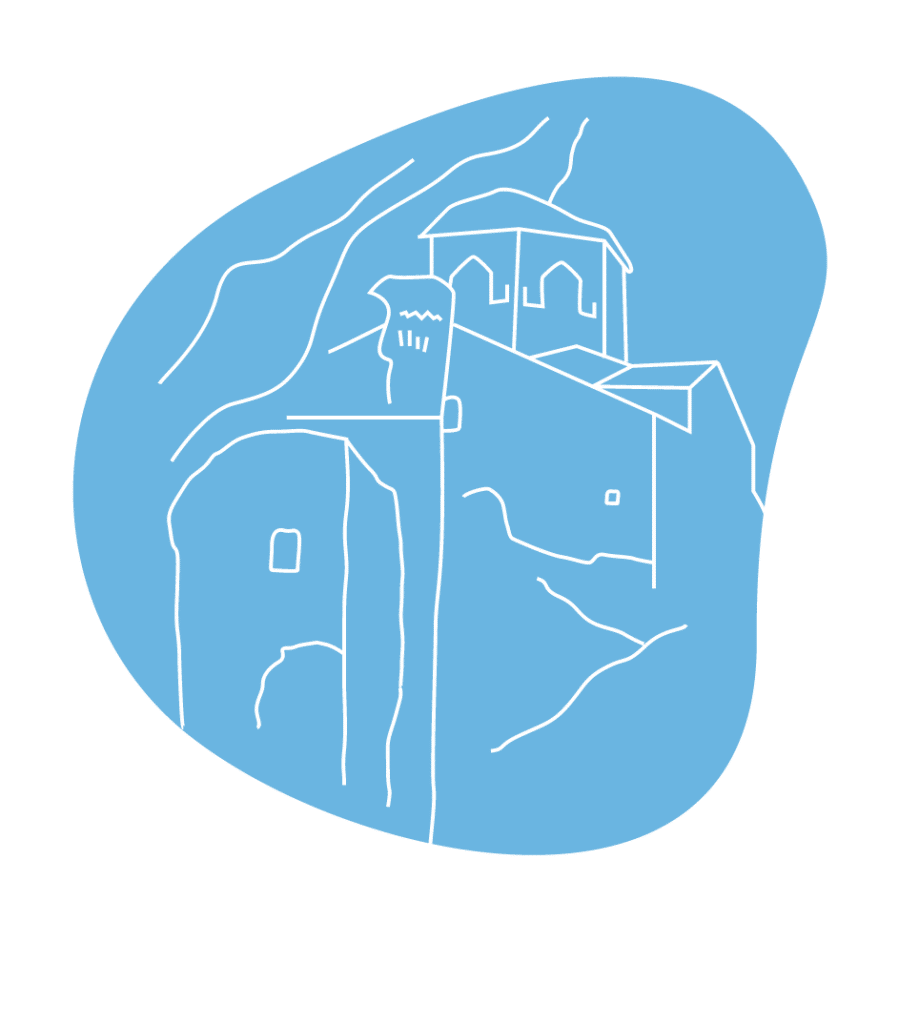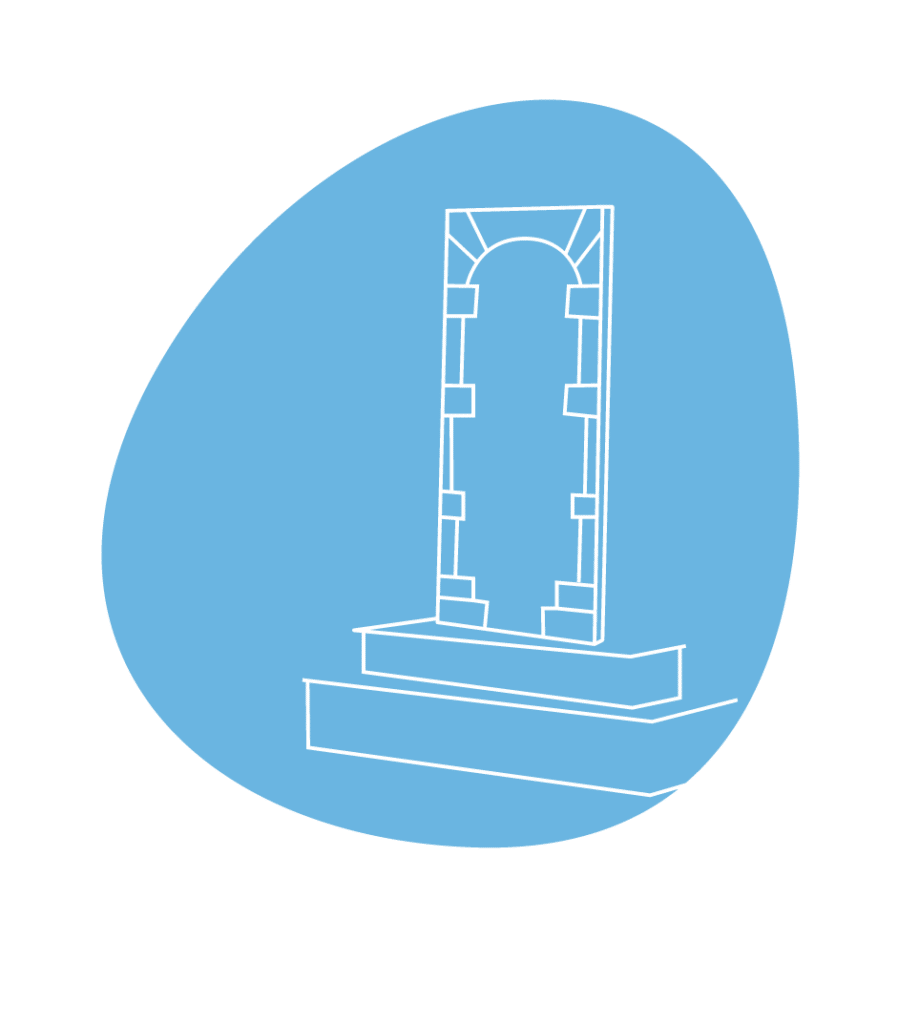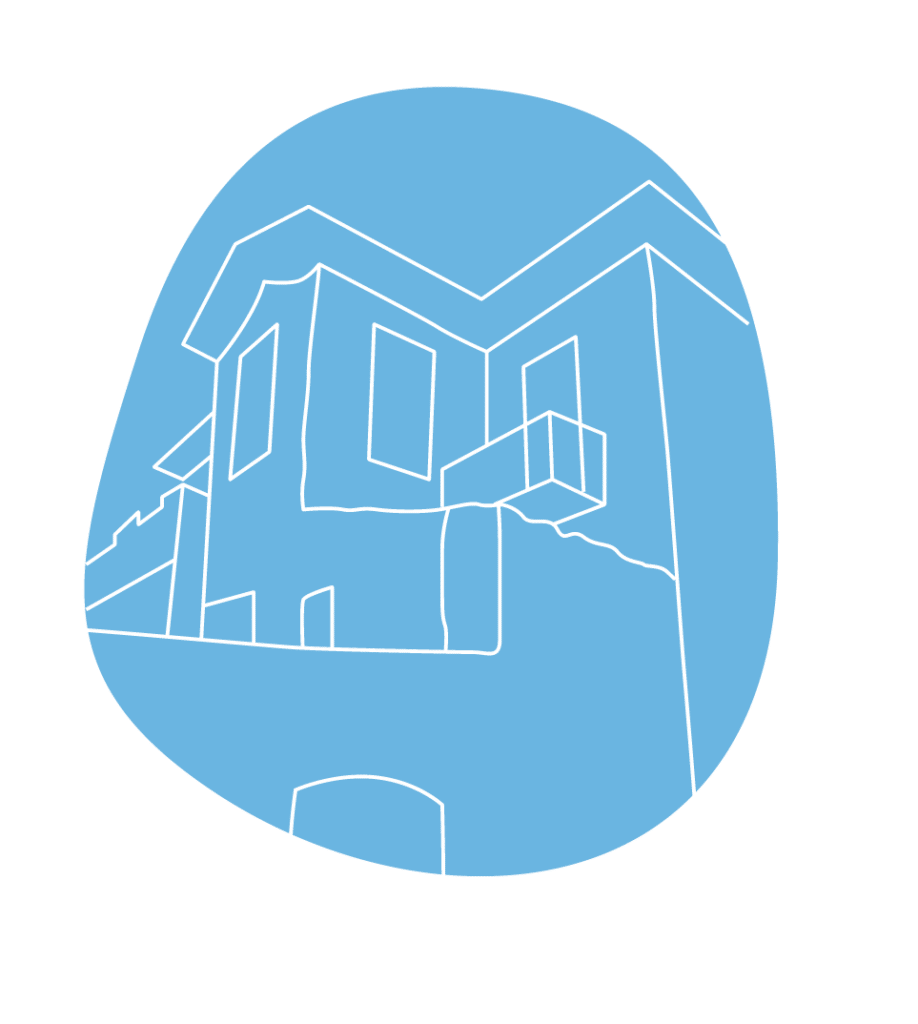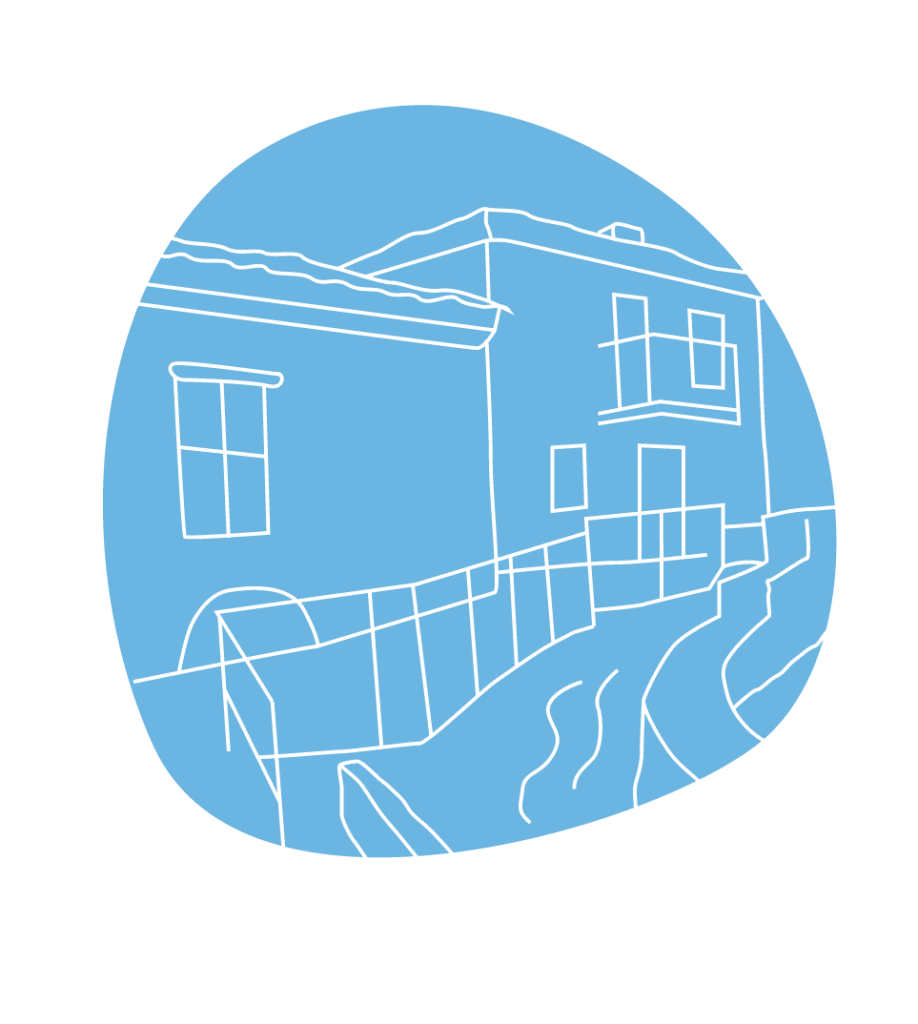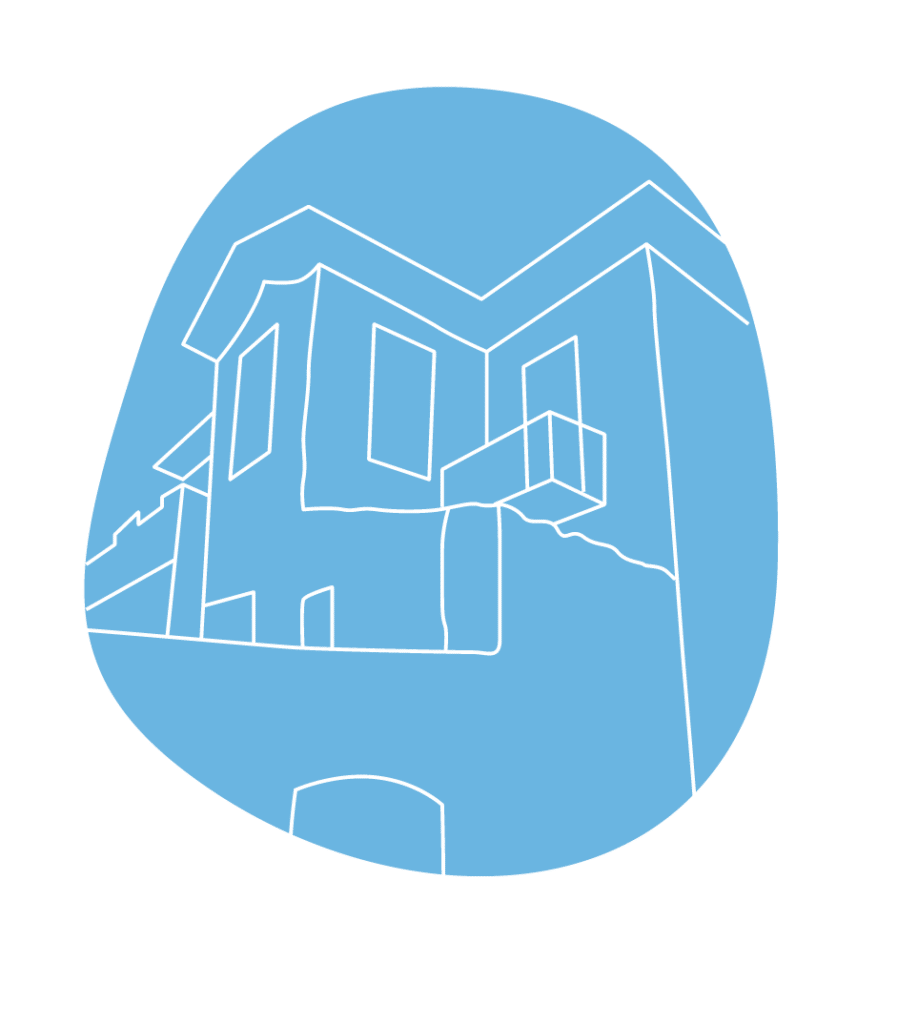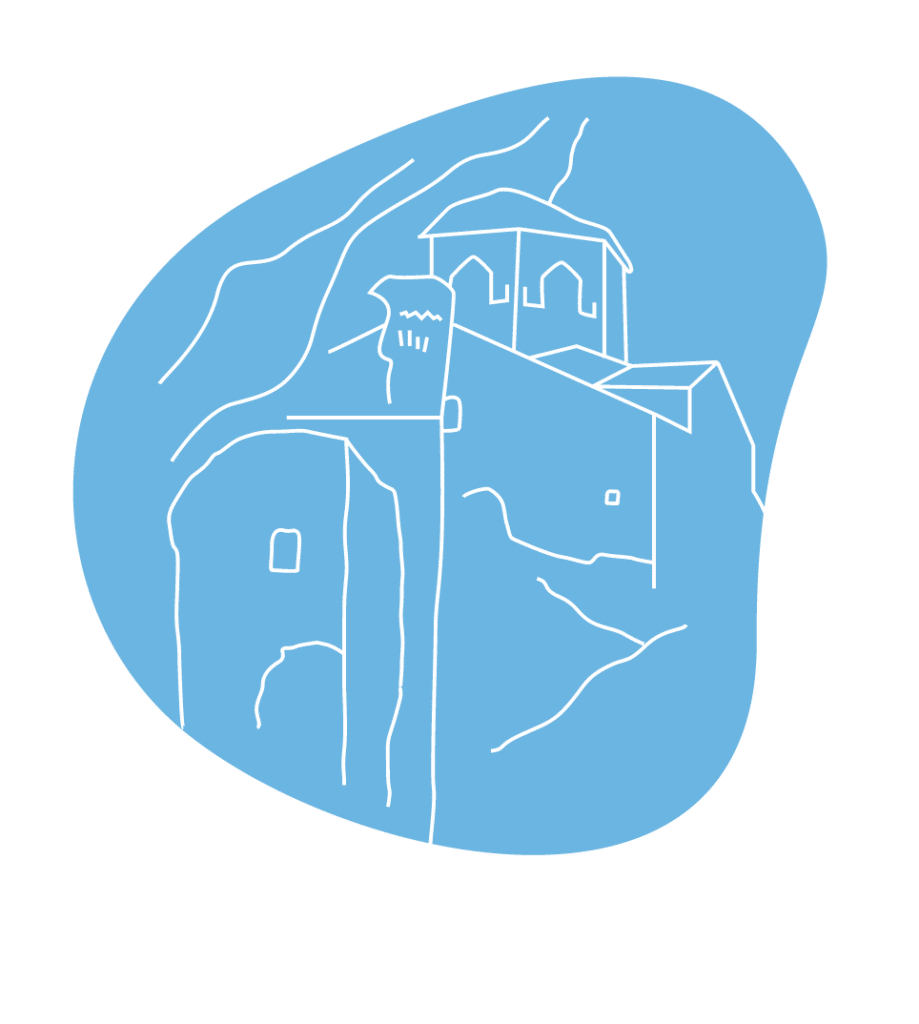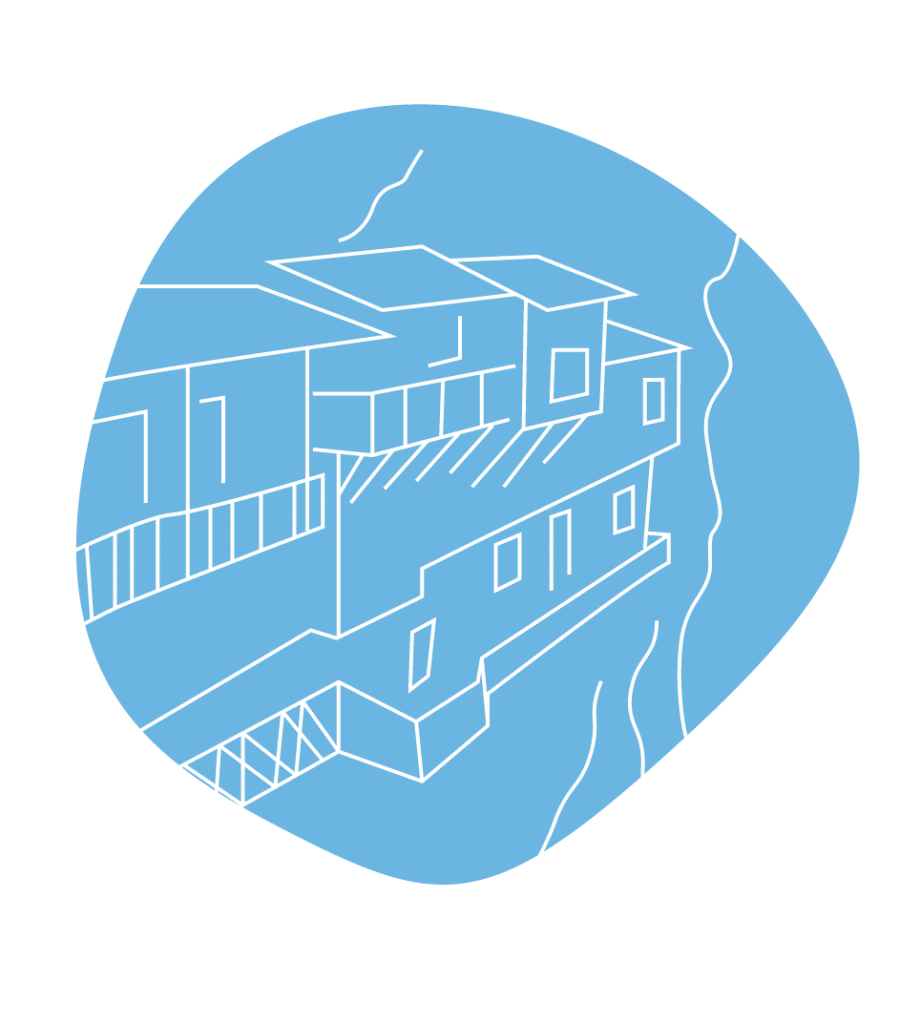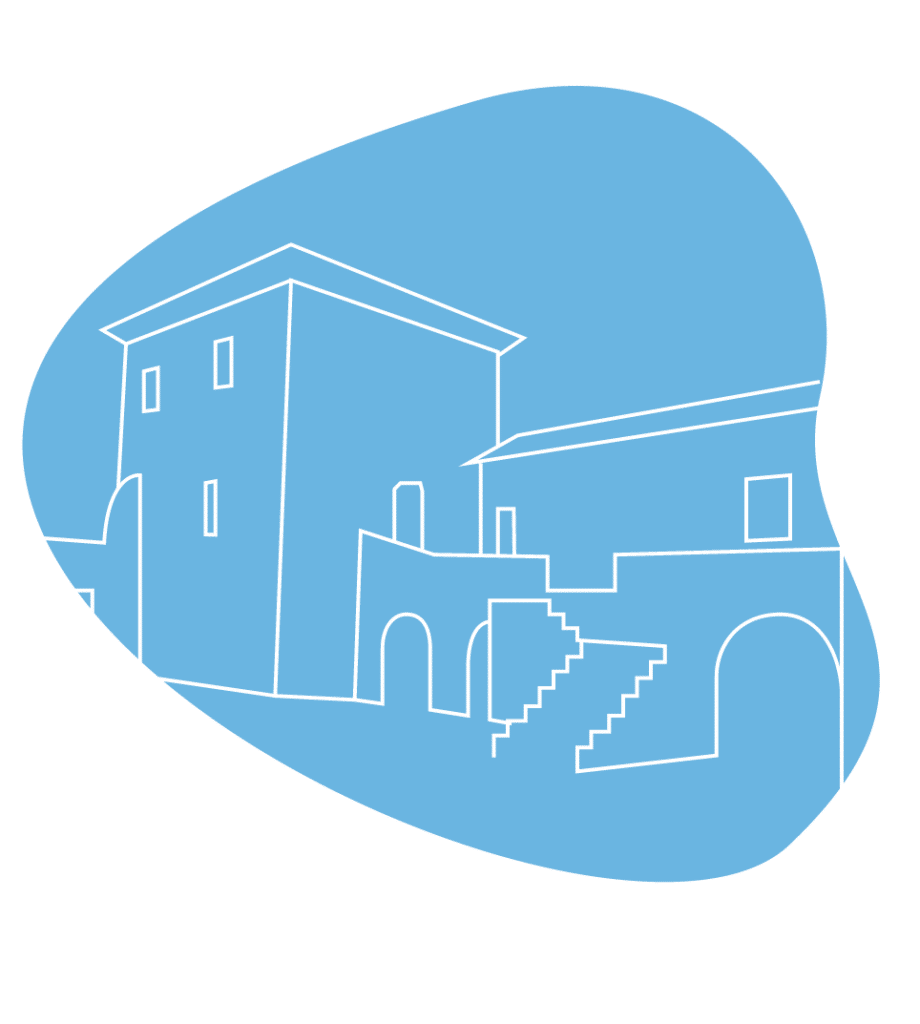The family of Germanos III of Old Patras settled in Dimitsana around 1720 and resided in this house until 1897. Today, in the renovated building there are exhibits that are family heirlooms of the great hierarch, as well as excerpts from his autobiography.
Since 1963, the house has been a historic preserved building, while in 1978 it was permanently expropriated by the Ministry of Culture and today it is open to the public.
On March 25, 1771, in Dimitsana, Gortynia, Germanos III of Old Patras was born, the Bishop who was to lead the struggle of the Greeks for liberation from the Ottoman Empire.
The home of Bishop Germanos III of Old Patras is still one of the most important attractions of the historical area of Dimitsana, as the great hierarch who led the liberation struggle of the Greeks in 1821 was born there on March 25, 1771.
It is a stone-built building, completely and recently renovated, in the location “Castle” in the northwestern part of Dimitsana, while it has also been declared a historical monument.
According to tradition, when Kolokotronis was in Dimitsana during the time of Otho’s monarchy, he visited the house of Bishop Germanos, where he embraced the front door, as a sign of respect for the life and action of the great hierarch of the Greeks.
Germanos III of Old Patras, born Georgios Kozias or Kotzias, first studied at the famous School of Dimitsana and later at the School of Smyrna. He was ordained a deacon, receiving the name Germanos from the Bishop Iakovos of Argos and Nafplio, while at the beginning of 1797 he went to Smyrna, where he served alongside his compatriot and uncle, Bishop Gregory V.
The latter was Ecumenical Patriarch of Constantinople at the time of the beginning of the Revolution of 1821 and was hanged by order of the Sultan at the main gate of the Patriarchate, with his body thrown into the Golden Horn.
In November 1818, Bishop Germanos was initiated into Filiki Eteria (Society of Friends), and subsequently played a decisive role in starting the revolution. According to historical data, he had a strongly cultivated element of diplomacy, which he utilized until his death on May 30, 1826.
The family of Bishop Germanos settled in Dimitsana around 1720 and lived in the same house until 1897. Since then, and up until 1964, the house belonged to Verriopoulos family, who carried out repairs and some interventions in the original building, with the most important being the addition of the top floor. In 1963, the house was declared a historical monument and was expropriated by the Ministry of Culture in 1978.
The house of Bishop Germanos III of Old Patras is open to the public. The visitors, in addition to the external aspects of the building, can also observe the layout of the interior, with interesting architectural and decorative elements, exhibits and relics, as well as excerpts from the Bishop’s autobiography. The balcony of the house offers a wonderful view of the settlement of Dimitsana.
Διαδρομες
Ιερά Μονή Ζωοδόχου Πηγής Στεμνίτσας
Το γραφικό και ιστορικό χωριό της Δημητσάνας αποτελεί βασικό θεματοφύλακα ιστορικών και λαογραφικών παραδόσεων του ελληνικού γένους. Στη βιβλιοθήκη της, εκτός από τα εμπλουτισμένα με 35.000 τόμους βιβλίων ράφια.
Αρχοντικό των Δεληγιανναίων
Το οίκημα δεσπόζει στον Πάνω Μαχαλά του ιστορικού χωριού Λαγκάδια, το οποίο, εκτός από σημαντικούς χτίστες, χάρισε στην Ελλάδα την περίφημη οικογένεια των Δεληγιανναίων, προεστών του Μοριά πριν από την Επανάσταση. Από την οικογένεια Δεληγιάννη προήλθαν και δύο Πρωθυπουργοί στα χρόνια μετά την απελευθέρωση.
Dimitsana Historic Public Library
The picturesque and historical village of Dimitsana is a key depository of historical and folklore traditions of the Greek nation. In its library, apart from the shelves enriched with 35,000 volumes of books, the visitor can also admire important relics and memorabilia from various moments of the glorious past.
